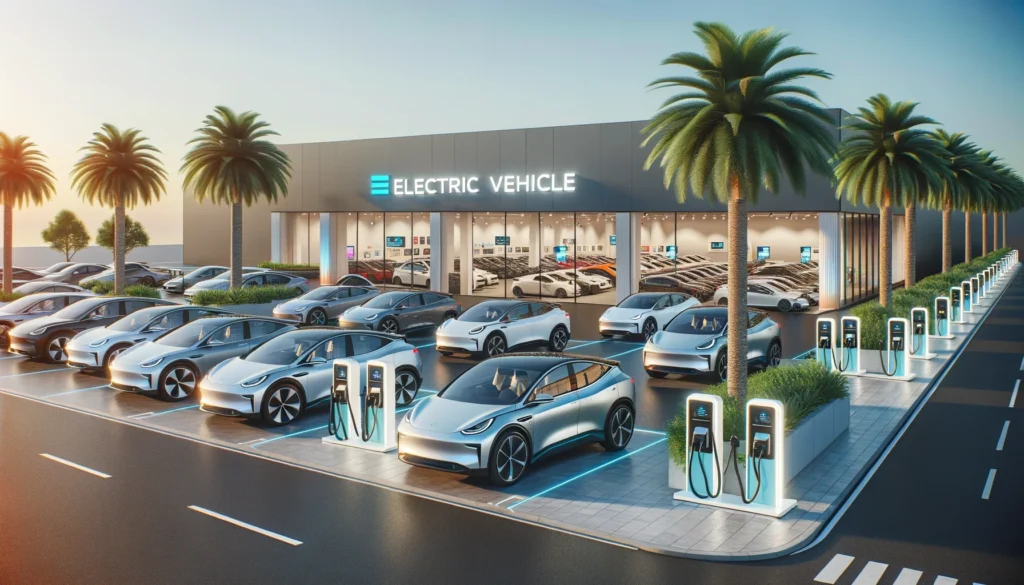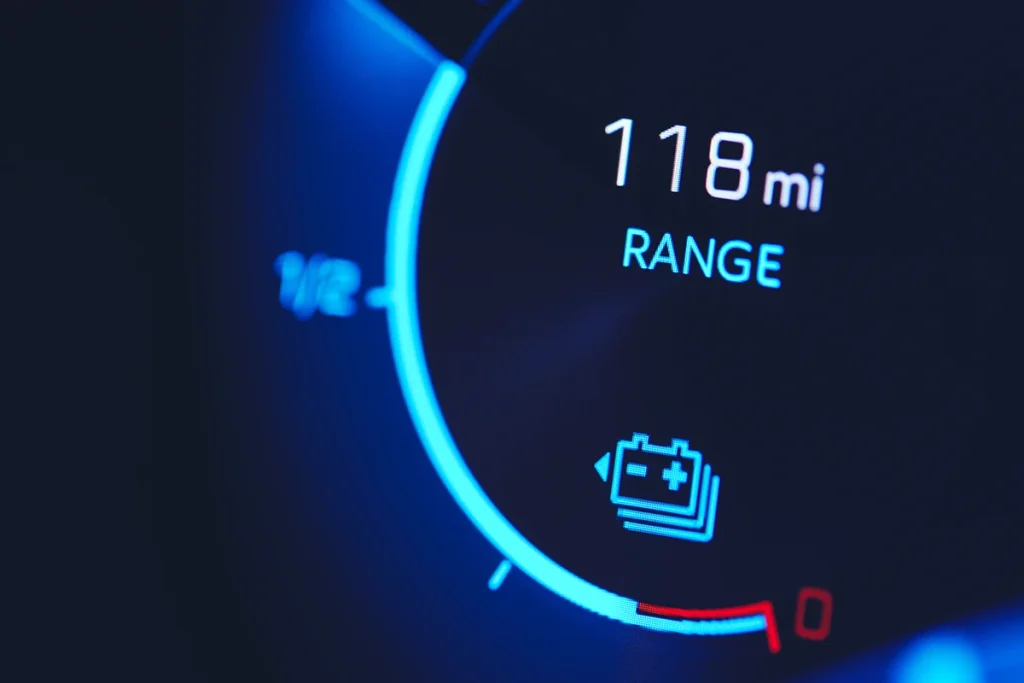In just a year, the average price of a new electric vehicle (EV) has taken a massive nosedive, dropping by 22.4%. This significant decrease has brought the price difference between EVs and non-electric vehicles under $3,000.
Not too long ago, the EV market faced limited availability, long waitlists for specific models, and buyers willing to pay above the sticker price. However, the landscape has dramatically changed in 2023.
The introduction of new EV models and increased production capacity has resulted in a surplus of electric vehicles, leading to a downward pressure on prices. According to Kelley Blue Book (KBB) data, the average transaction price for a new EV has plunged nearly 65,295 to $50,683.
When considering the broader auto industry, the average price of a new car sold in September stood at $47,899, with prices showing minimal change compared to a year ago. As a result, consumers weighing their options between EVs and gasoline-powered vehicles are now looking at similar cost ranges.

This sharp decline in average EV prices not only makes electric vehicles more attainable but also narrows the price gap between EVs and conventional cars. As a result, consumers who may have been hesitant to switch to electric mobility due to cost considerations now have a more compelling reason to make the switch.
The Driving Forces Behind the Price Drop
Several key factors have converged to bring about this significant reduction in average EV prices, making electric cars more accessible to a broader spectrum of consumers:
- Technological Advancements: One of the primary catalysts behind the declining EV prices is the relentless progression of electric vehicle technology. Batteries, which historically constituted a significant portion of the EV’s overall cost, have experienced a notable reduction in prices. This is due to advancements in battery chemistry, improved manufacturing processes, and the realization of economies of scale.
- Increased Competition: The influx of automakers entering the EV market has intensified competition. As more manufacturers launch electric vehicle models, they are compelled to price their offerings competitively, resulting in a more favorable landscape for buyers. This increase in competition has spurred innovation and creativity, driving down costs.
- Government Incentives: Many governments worldwide offer generous incentives and subsidies to encourage EV adoption. These incentives include tax credits, rebates, and other financial rewards for electric vehicle consumers. Such support has significantly reduced the upfront cost of EVs, thus making them more affordable for buyers.
- Economies of Scale: As production volumes of EVs increase, economies of scale come into play, leading to cost reductions. Manufacturers have been investing heavily in scaling up their EV production, which, in turn, has helped lower the cost per vehicle.
- Improved Charging Infrastructure: The expansion of charging infrastructure has addressed a significant concern for potential EV buyers: range anxiety. As charging networks grow and become more accessible, consumers are more willing to invest in electric vehicles. This increase in demand has further driven down prices.
A Positive Sign for EV Adoption
The decrease in average EV prices is a positive development for the electric mobility industry. As prices continue to decline, EVs are becoming more accessible to a broader range of consumers. This affordability, coupled with ongoing advancements in battery technology and supportive government policies, is expected to drive further growth and adoption of EVs.
According to industry experts, the trend of declining prices is expected to continue. It is projected that by 2030, EVs will reach price parity with traditional vehicles. As the cost of EVs becomes comparable to or even lower than that of gasoline-powered vehicles, the financial barrier to entry will be significantly reduced. This shift will likely result in a surge in EV adoption, leading to a more sustainable and cleaner transportation system.
The Role of Tesla in Price Reduction
Tesla, a prominent player in the EV market, has played a significant role in driving down the average price of EVs. As the company that made half of all EVs sold in the U.S. last quarter, Tesla has aggressively slashed its MSRPs in 2023. This move has not only contributed to the overall decline in EV prices but has also put pressure on other automakers to make their vehicles more affordable to remain competitive.
Tesla’s pricing strategy has been instrumental in making EVs more accessible to a wider audience. By offering more affordable options, Tesla has increased the affordability of EVs and expanded their market reach. This trend has spurred other automakers to follow suit, further driving down the average price of EVs.
Verdict
As EV prices become more affordable, purchasing an EV becomes a financially savvy choice for new car shoppers. Major car companies, EV advocates, and government officials are pushing for a complete shift to electric mobility. This transition will be more convincing to consumers if EV prices align with gas-powered vehicles and automakers emphasize the fuel savings that make the decision a no-brainer.


